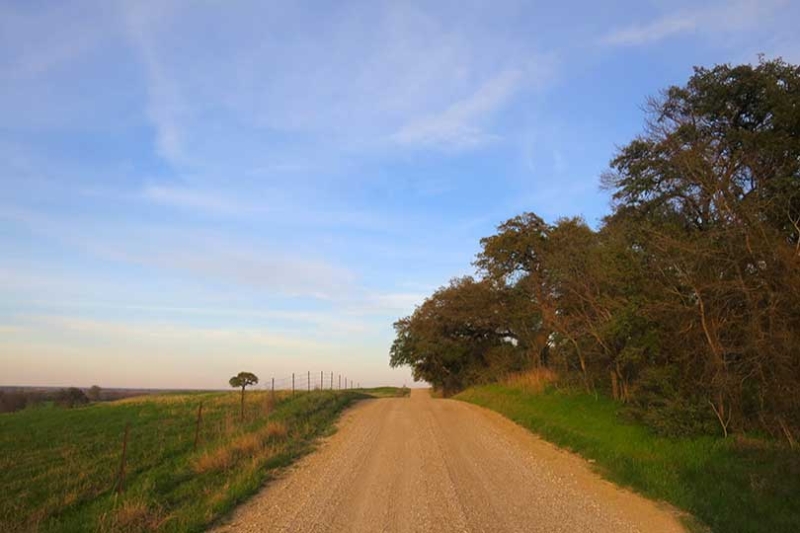By Jennifer Whitlock
Field Editor
A new agency task force to implement “long-overdue” improvements to agency broadband data and mapping tools was established by Acting Chairwoman of the Federal Communications Commission (FCC) Jessica Rosenworcel.
The group is charged with developing updated and more detailed maps showing high-speed internet availability in the U.S. This is an important step in determining current broadband access deficiencies and identifying areas that need more or updated infrastructure.
“The Broadband Data Task Force will lead a cross-agency effort to collect detailed data and develop more precise maps about broadband availability,” Rosenworcel said. “It’s no secret that the FCC’s existing broadband maps leave a lot to be desired. We can do better, and we will.”
The task force was created in response to Congressional directives in the Broadband Deployment Accuracy And Technological Availability (DATA) Act. In the bill, Congress asked FCC to “collect and disseminate granular broadband service availability data (broadband maps).”
The Broadband DATA Act was passed by Congress in 2019 but never funded until the Consolidated Appropriations Act of 2021 was signed into law in December 2020.
In unveiling the task force, Rosenworcel said it is modeled after an incentive auction approach the agency used in 2016 to implement another Congressional directive. The incentive auction was used by FCC to “align the use of broadcast airwaves to meet 21st-Century consumer demands for video and broadband services.”
Rosenworcel named Jean Kiddoo, current chair of the Incentive Auction Task Force, as chair of the Broadband Data Task Force, as well.
“I’m honored that Acting Chairwoman Rosenworcel has asked me to lead this momentous and multifaceted FCC initiative,” Kiddoo said. “The need for accurate data pinpointing where broadband service is available and perhaps more important for our FCC purposes, where it is not available, has never been greater.”
During Rosenworcel’s first meeting as acting chair, Commissioner Brendan Carr said the maps may prove particularly useful in phase two of the Rural Digital Opportunity Fund (RDOF).
RDOF is part of FCC’s signature initiative to bridge the rural-urban digital divide. Through the program, FCC will disburse $9.2 billion over 10 years to expand broadband in unserved areas across the U.S.
During phase one, FCC awarded funds to bring broadband to over 5 million homes and businesses in census blocks that were unserved by voice and broadband with download speeds of at least 25 Mbps. Phase two will cover locations in census blocks that are partially served and locations not funded in phase one.
“Additional progress on closing the digital divide is going to potentially hinge off of a quick turn on this mapping work,” Carr said.
The Broadband Data Task Force will closely coordinate FCC’s broadband mapping and data collection efforts across various agency teams including the Office of Economics and Analytics, Wireless Telecommunications Bureau, Wireline Competition Bureau, Consumer and Governmental Affairs Bureau, International Bureau, Office of Engineering and Technology and Office of the Managing Director.
Rural connectivity remains a priority issue for Texas Farm Bureau (TFB) at the state and national level. For more TFB articles regarding rural broadband access, click here.


i actually have a Fiber trunk line going by my property in Richmond Tx. and AT&T said it would cost $20,000 to hook me up.
is this the kinda stuff the task force can address?